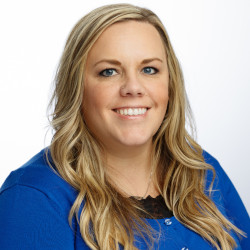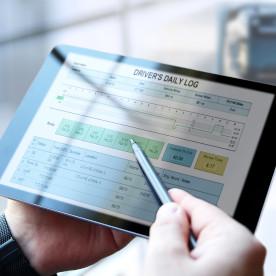

Trucking
Trucking
The Sunforest Team has Joined Breckenridge to Offer Greater Trucking Capabilities!
The same trusted team of industry experts, now with enhanced services for our agents.
If you’re not receiving the latest updates from Breckenridge Insurance, be sure to sign up here.
Brokerage
The unique needs of the trucking industry demand an experienced perspective. With underwriting leadership averaging 30 years—working alongside a dedicated team of specialists—we are invested in the trucking space for the long haul.
Our proven team has longstanding relationships with numerous top rated admitted and non-admitted carriers to best tailor an informed insurance solution to your diverse trucking operations. Our goal is to solve the needs of your insureds in a timely and appropriate manner so they can get safely on the road to greater success!
To our valued Sunforest agents, welcome! Your appointments remain active, and all current paid policies are in force. For further details and next steps on any submissions, please reach out to your team representative below.







“Again, I want to thank you for all your help! I really do appreciate it. I don’t think there are many companies out there who would be willing to work with us as much as you did!!”
Insurance Agency Office Manager



